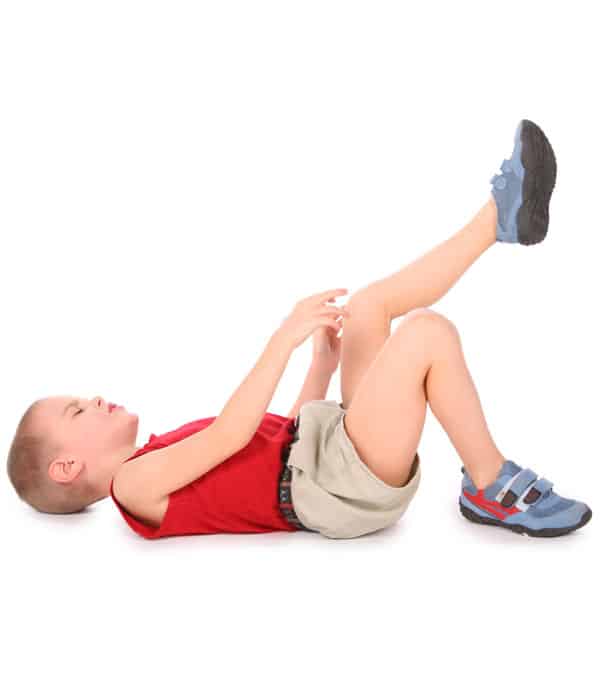
Juvenile arthritis is a chronic autoimmune disease in which the body attacks healthy cells and tissues, leading to inflammation in the joints. According to the American Academy of Orthopaedic Surgeons (AAOS), juvenile arthritis affects approximately 250,000 children aged 16 and under, making it the most common form of arthritis in children.
How can you distinguish juvenile arthritis from other aches and pains? Look for signs of juvenile arthritis in your child, and always seek the advice of a doctor if you aren’t sure.
Symptoms to Look For
Every child is different–some children may have more severe cases of osteoarthritis, while others may only have mild symptoms. Here are some signs that may indicate juvenile arthritis.
- Your child experiences pain and stiffness in one or more joints, including the knees, shoulders, ankles, wrists, fingers, and toes. In some children, just one joint is affected, while others may experience pain and stiffness in two or more joints.
- Smaller children may not be able to communicate how or where they hurt, so look for other signs of pain like not wanting to play or irritability. Your child may also feel tired, and the muscles surrounding the affected joint may become weakened. Sometimes, a high fever or a light pink rash may be present.
- The joint appears swollen, even if your child does not complain of pain. If the swelling persists for more than 6 weeks, it’s a good idea to have your child checked out by a doctor.
- Inflamed joints can feel warm to the touch, so check the joints to see if they feel abnormally warm.
- Juvenile arthritis can create growth problems within the affected joints, causing them to grow too fast, too slow, or unevenly. This abnormal growth can result in one leg or arm that is longer than the other.
- An eye condition called iridocyclitis sometimes comes along with juvenile arthritis. Iridocyclitis occurs when the iris and ciliary body of the eye becomes inflamed. The eyes can become red, painful, and sensitive to light. If untreated, this condition can result in permanent damage to the eye.
What to Do if Your Child Has Symptoms
If you suspect that your child has juvenile arthritis, go to a specialist to have him or her checked out. An early diagnosis can help to prevent more severe complications, such as joint and soft tissue damage or contracture. Although juvenile arthritis is a chronic, ongoing condition, there is treatment available to help manage your child’s symptoms and prevent further complications.
Treatment for juvenile arthritis may include medications like nonsteroidal anti-inflammatory drugs (NSAIDs), disease-modifying anti-rheumatic drugs, or corticosteroids, physical therapy to maintain muscle tone and range of motion in the joint, or splints to help reduce inflammation and contractures in the joint. Surgery is generally not necessary to treat juvenile arthritis, and is only used in the most severe cases.
Treatment makes it possible for most children with juvenile arthritis to participate in normal childhood activities, like sports, playing outside, and going to school. Most children who receive proper care and treatment progress normally.